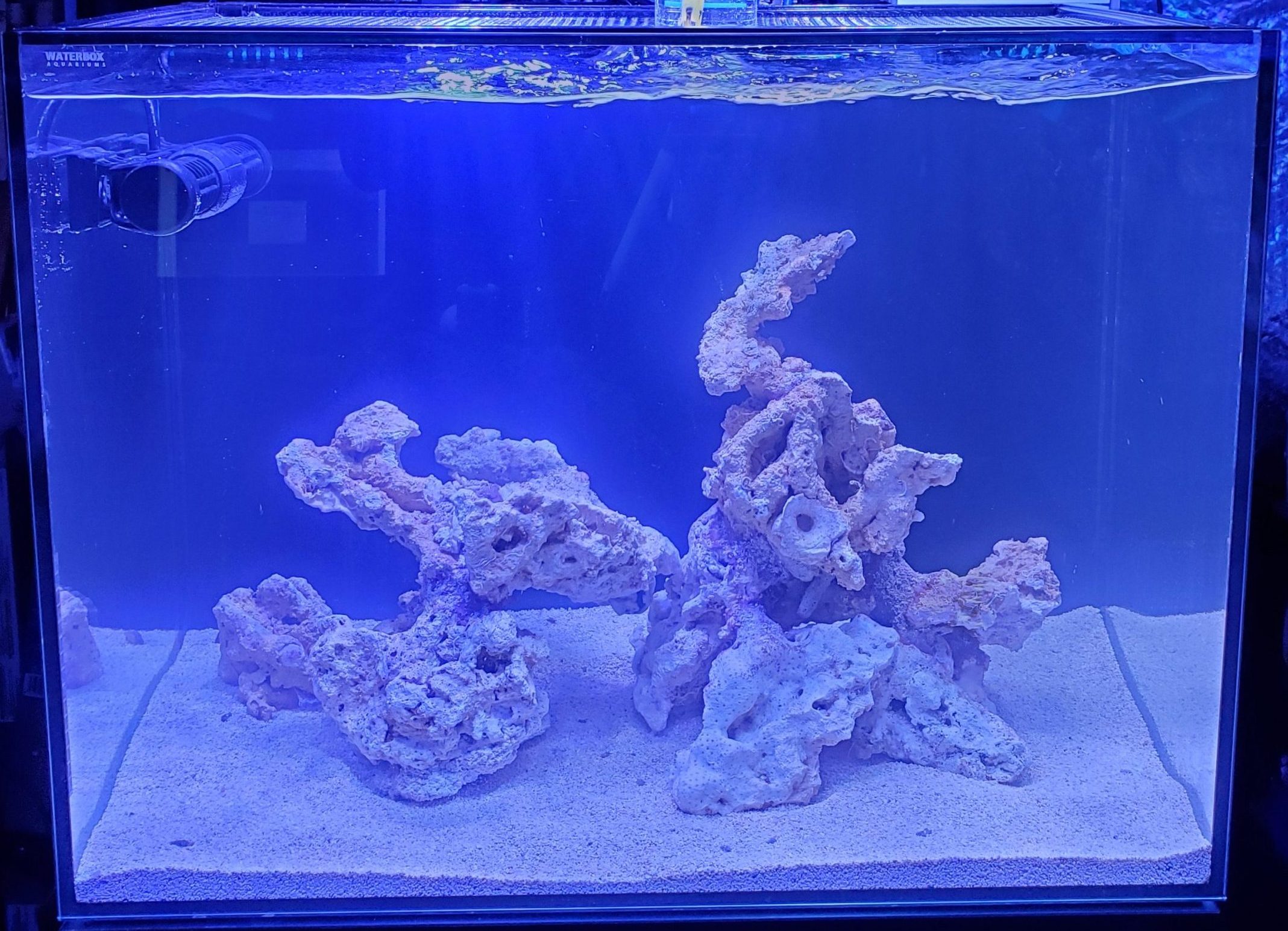
Preface: This Reef Mentoring article series is to document my recommendations to a hobbyist I have been mentoring. I am basically building a reef tank with his setup at my house and maintaining it for a year with weekly in person hands on sessions.
The system hardware is now set up from the previous Part#2 article. We are ready to aquascape and create an environment to meet the requirements of the livestock groups listed in the goals. The focus will primarily be on soft corals and some hardier large polyp stony corals (LPS). This grouping of livestock should yield low to moderate consumption of the basic elements which are sustainable by dosing calcium hydroxide (aka Kalkwasser) with moderate lighting and flow demands.
Rule of Thirds
There are many methods to aquascape an aquarium. Iwagumi, golden ratio ,and rule of thirds are a few of them. It is best to look for some examples you like and try to emulate them. The simplest method to apply is the Rule of Thirds. Originally this is a photography principal but can easily be applied to aquascaping. Just think of each reef tank pane as a frame. There are many online references about this principal that I highly encourage the hobbyist to seek out and review. All visual arts are subjective so there is no exact solution as long as you provide a healthy environment for your livestock.
Things to Consider
- Apply the Rule of Thirds in all three dimensions (Front, Side, and Top views)
- Do not let the original rock shapes hold you back
- No more than 30% of rock in the tank volume (less is more these days)
- Keep open service space near the glass perimeter and back wall
- Provide exposed surface area for mounting corals
- Do not create overlaps to shade what is below.
- Allow for flow through the rock scape to prevent detritus buildup in hard to reach areas
Application
The simplest way to apply this principal is just to divide the tank into thirds in each dimension and view where the intersections are made as potential primary focal points. These days “Less is More”. You can make up biological filtration surface area with ceramic media in the sump instead of just piling up using the “old school” 1.5 lbs. of live rock per gallon principal.
The inner dimension of this Water Box 30.2 AIO is ~24″ Long x 12″ Wide x 18″ High. Washable window markers and a ruler are all you need to create the grid for each view (Front, Side, and Top). The common theme is to provide enough mounting surfaces for corals, hiding places for fish, and allowing more “negative space” / water volume for the livestock to grow. In my opinion, it is even more critical in all-in-one nano reef tanks to maximize water volume for nutrient dilution.
I ended up transferring a top down grid and broke down one of the more dense rocks to smaller pieces. The rear right and front left intersections became my focal points. The rear right point also had the highest point in the aquascape at 12 inches tall. When viewing all three panes there is proper balance of rock and negative space.
- Choose some medium size rocks
- Top Down View Grid
- Some Tools: Cyanoacrylate glue, Mortar, Hammer & Chisel, dust pan
- Front View
- Top View
- Left Side View
Cycling:
- Place the aquascape and sand (if desired) into the tank. If you are adding sand, slope the sand so it is highest in the back to allow detritus to settle in the front for easier removal and also provide some dimension when viewing from the front.
- Fill this tank with properly mixed saltwater to meet desired temperature and salinity (Will run this at 76F/24.4C @ 1.0264 S.G./ 35 PPT). I chose to fill with existing tank water out of my 510 gallon main system since its already stable.
- Power the system ON and check that all equipment is configured and functioning properly.
- Dose as instructed Brightwell Aquatics MicroBacter 7
- Add the Cermedia MarinePure Gems I had been seeding in my sump to the media basket
- Keep the lights OFF.
- Allow the system to run for a couple of weeks and test to see if Ammonia, Nitrite, and Nitrate levels are acceptable.
Next Steps:
Once all the equipment checks out working, cycling is done, and water parameters are stable we will start introducing corals first. But as indicated by Reef Builder’s 1 Day Nano build video a while back, corals do not really need the cycling and can also help bring in needed bacteria diversity to the new biological environment. The details of this stage will be coming up next.

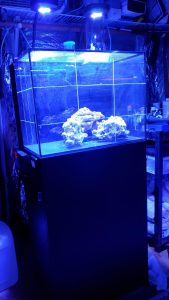
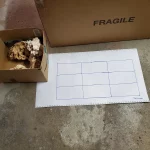
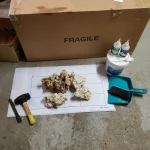
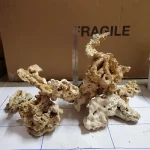
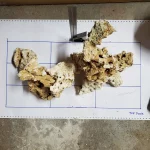
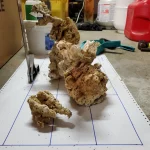








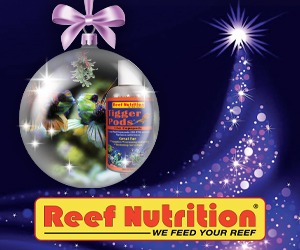
The rule of thirds. To avoid pet rocks, uneedeed displacement of water volume. Enhance it’s natural beauty with the practice of what our eyes gravitate to naturally. Establishes options for sperate needs of corals as well.
Difference between a pro; And a beginner is easy to tell. Just look at the rockwork. Rudimentary, but essential basic knowledge to the beginning hobbiest.